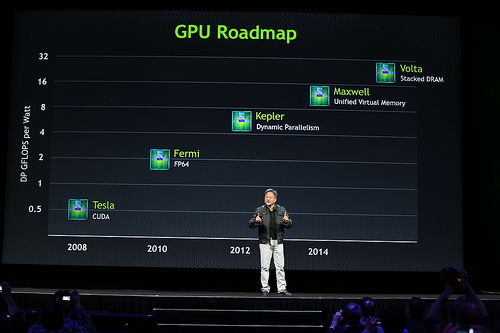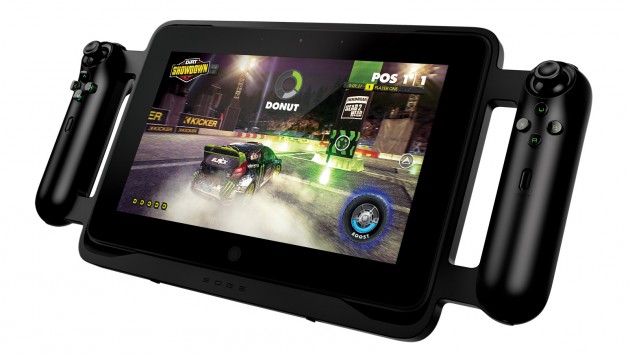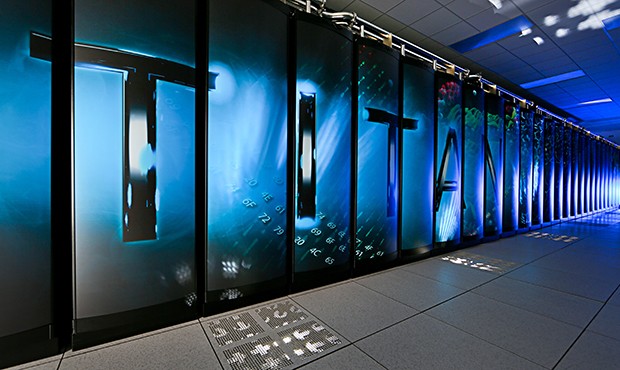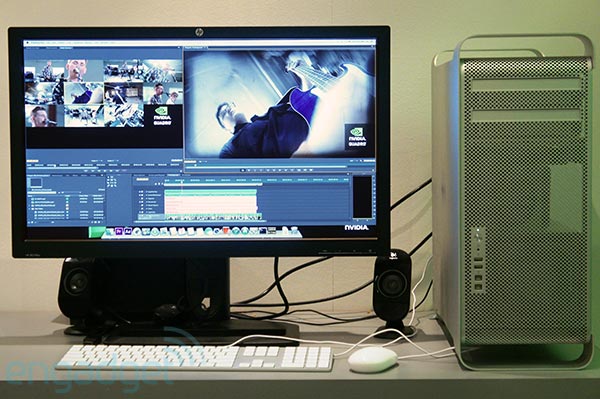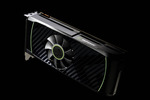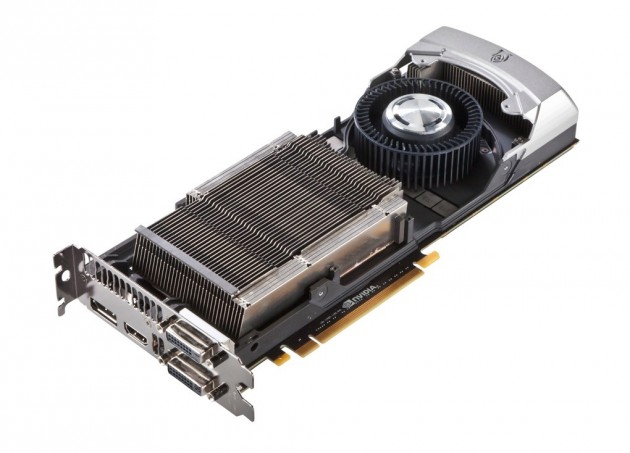 New graphics cards from Nvidia could be set for a summer debut.
New graphics cards from Nvidia could be set for a summer debut.
Summer is just around the corner, and with it is the Computex computer expo in Taipei, Taiwan. Are you wondering what the event will introduce to the computing world? So are we, and word on the web is that Nvidia is planning to launch its next generation desktop GeForce700 Series graphics cards at Computex. In addition to pushing the performance envelope, the GeForce 700 Series is said to be in response to AMD’s aggressive game bundles.
We all know that the main reason to buy a graphics card is to improve game performance (or for design work), but for those on the fence in which direction to go, AMD has been tempting upgraders with its Never Settle software bundles consisting of AAA titles.
According to Fudzilla, Nvidia has seen enough and isn’t about to let AMD wrestle a larger share of the desktop GPU market than it already has. As such, the GeForce 700 Series might even launch ahead of Computex, the news and rumor site reports, though we’re skeptical Nvidia will be quite that ambitious. We’re also reluctant to get our hopes up of a summer release, as previous rumors pegged the launch to take place in 2014 sometime after the Consumer Electronics Show (CES), but we’ll cross our fingers nonetheless.
As for the actual hardware, most assume the GeForce 700 Series will be based on a refreshed version of Nvidia’s 28nm Kepler architecture.
[Source: TechnoBuffalo]

